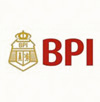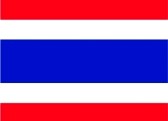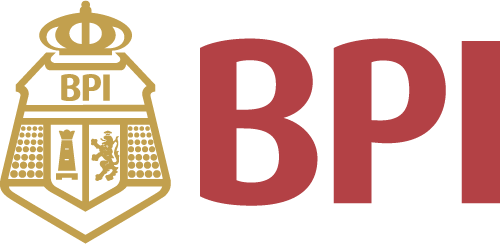All Categories
Me 210/410 Zerstörer Units (Combat Aircraft)
Share Tweet








About Me 210/410 Zerstörer Units
Product Description This title tells the fascinating story of German airborne heavy weapons platform designs and the difficult history behind the types' development.Intended as a progressive development of the twin-engined Bf 110 Zerstörer (“destroyer” or heavy fighter), the Me 210 first took to the air in September 1939. However, due to a lack of sufficient flight-testing before being declared service-ready, the Me 210 suffered from a less than satisfactory reputation in respect to its flight characteristics and weak undercarriage. After enhancements were made to the fuselage and wings, and the power of the plane was increased, the Me 210 became the Me 410 in late 1942. By this stage of the war much was expected of the two types, which were forced to fly in very dangerous skies over North Africa and in the defense of the German homeland. Both aircraft were deployed as heavy fighters, fighter-bombers, reconnaissance platforms and interceptors, seeing service with a number of different units. The Me 410 was fitted with 30 mm cannon, 21 cm underwing mortars and the colossal 5 cm BK cannon that was intended to pack a punch against the USAAF's four-engined bombers which threatened the Reich in large numbers from 1943 onwards. In this title, supported by contemporary photography and full-color artwork, Robert Forsyth tells the complex story of the Me 210 and 410, detailing their development and assessing their capabilities as combat aircraft. About the Author Robert Forsyth is an author, editor and publisher, specialising in military aviation and military history. After working in the shipping industry, he co-founded a publishing and book production business in 1995 which has produced some 250 illustrated reference books on military aviation, armoured warfare, vintage motor sport, history, biography and wildlife.He is the author of thirty books, including twenty-one titles for Osprey Publishing, on the aircraft, units and operations of the Luftwaffe, an interest he has held since boyhood, and he has been consulted for television on the same subject. He has written articles for The Aviation Historian, Aerojournal, Aeroplane Monthly, Aviation News, Combat Aircraft, and FlyPast and he is a member of the Editorial Board of The Aviation Historian. Jim Laurier is a native of New England and lives in New Hampshire. He attended Paier School of Art in Hamden, Connecticut, from 1974–78, and since graduating with Honours, he has been working professionally in the field of Fine Art and Illustration. He has been commissioned to paint for the US Air Force and has aviation paintings on permanent display at the Pentagon.



























